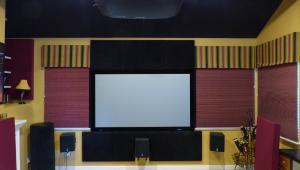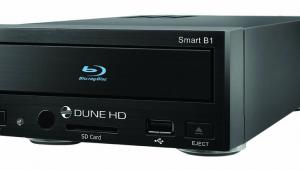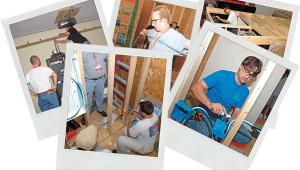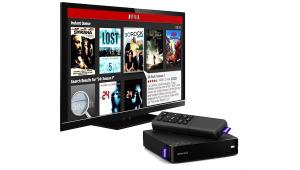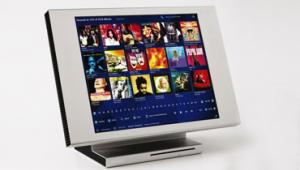Pioneer DVD-633H-S DVR/DVD Recorder
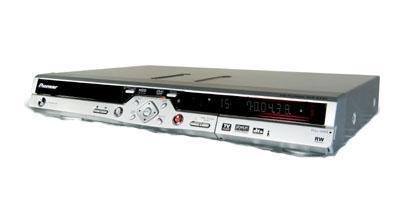
The first DVD recorder we ever reviewed, back in December 2000, was a Pioneer, and the company has followed that by a series of ever more versatile and easy-to-use models. The current top of the line, the DVR-633H-S, contains most everything you'd want in a flagship DVD recorder, including a standard-definition hard-disk recorder (usually called a DVR) with a substantial 160 gigabytes (GB) of storage capacity, an onscreen program guide, extensive dubbing and editing features (including high-speed dubbing), and the ability to control a cable box via an infrared (IR) "blaster." The DVR-633 even adds something new: dual-layer DVD-R recording.
| What We Think |
| A great combination of recording versatility, editing precision, and ease of use make this Pioneer a winner. |
RECORDING & EDITING While recording functions remain pretty much the same with every DVD recorder (only the timer-programming method varies), every time I review a new Pioneer DVD recorder the editing system has changed - for the better. The DVR-633 offers the best combination of editing accuracy and ease of use I've encountered in a DVD recorder. Removing commercials from hard-drive recordings before dubbing them to "keeper" discs - probably the most common editing task - is even easier on the DVR-633 than on a computer-based editing system. That's something I never thought I'd say about a standalone DVD recorder.
The big improvement here is that the deck asks you right off whether you want "frame-accurate" edits or "video-mode" edits when you go to edit a hard-drive recording. This is an important distinction. When you're trying to make a keeper DVD-R in video mode (the most universally playable format), so-called "frame-accurate" edits may slightly shift position on the DVD. This has long been a characteristic of DVD dubbing and can result in discs that retain snippets of commercials or that lop off short parts of the program.
Video-mode edits, on the other hand, don't move when you copy them to DVD, even using the Pioneer's high-speed dubbing function (which can fill a DVD in only 8 minutes). Any chapter markers you place stay exactly where you put them, but - here's the rub - the markers can be set to within only .5 second of where you want them.
Although .5-second precision will seem incredibly sloppy to anybody used to computer-based video editing, it removes the frustration of unpredictable starts and stops to your chapters and won't keep you from cleanly removing commercials. Even when advancing in half-second increments, you can still usually manage to place a chapter marker in the short fade-to-black interval between a program and a commercial segment. Once the chapter markers are set, Pioneer's system makes it easy to delete each chapter containing commercials.
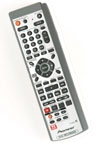
While editing, all the deck's cueing features are available to help you quickly find editing points. That includes reverse playback at various speeds, the always-handy commercial-skip button, and bidirectional frame-stepping. When you're making video-mode edits, the frame-stepping control switches from single-frame stepping (used in frame-accurate editing) to the necessary half-second intervals. For once, what you edit is what you get.
If you want to make a copy of an edited program that's been recorded to DVD after the original program has been deleted from the hard drive, the recorder's backup function can be used. This directly copies the data from a finalized video-mode DVD to the hard drive with the chapter markers and menus intact, allowing you to clone the production to another DVD. Backup does not work with prerecorded discs, like movies, even if they aren't copy protected. (Hey, at least I tried.)
SETUP Hookup of the DVR-633 was pretty simple and well covered by diagrams in the manual. I connected it through its S-video input to a Scientific-Atlanta high-def cable box using the supplied IR blaster to let the Pioneer switch the cable channel for programmed recordings. This also let me compare the onscreen program guide provided by our local cable system (Time Warner) with TV Guide On Screen, the free guide built into the Pioneer. While TV Guide is far more convenient than VCR Plus+ programming - the usual low-tech alternative offered in recorders - it has drawbacks. It's a pain to set up - channels must be reordered manually to match your cable system, and it's been known to load program data improperly in some locales. Still, an onscreen guide is essential for any hard-drive recorder, so better to have it than not.



